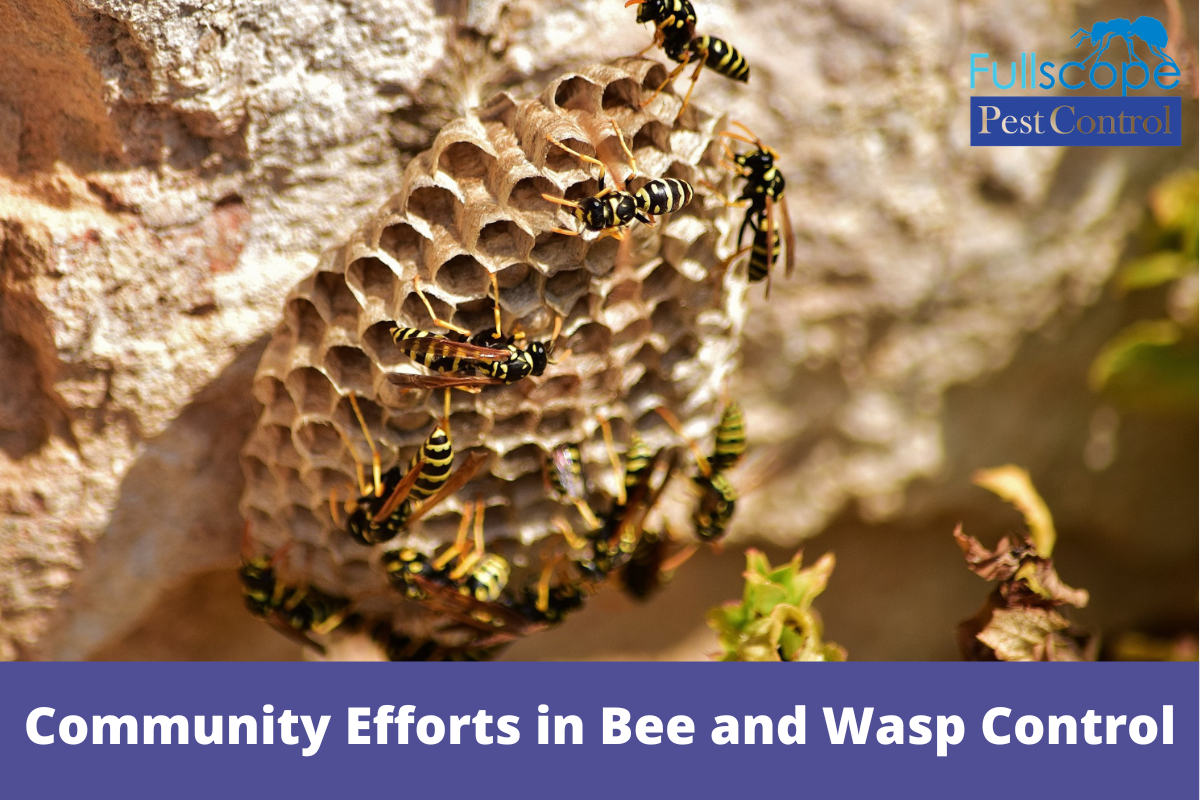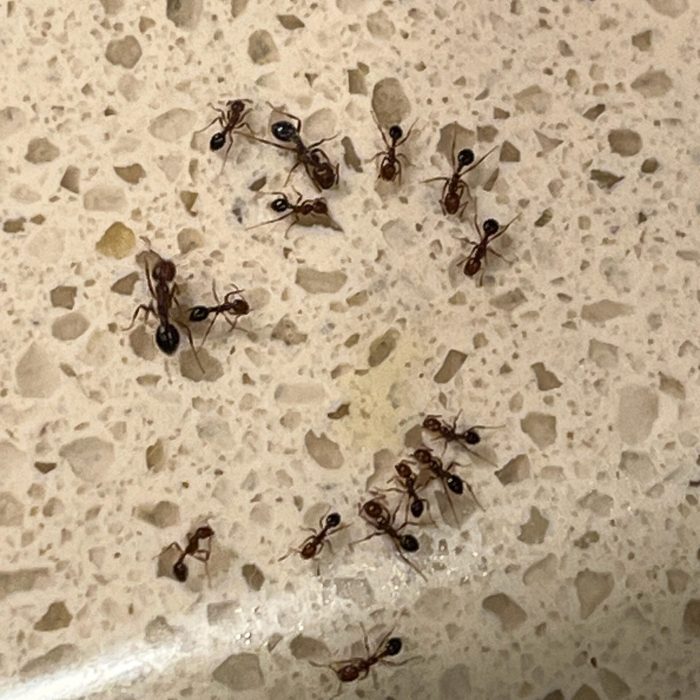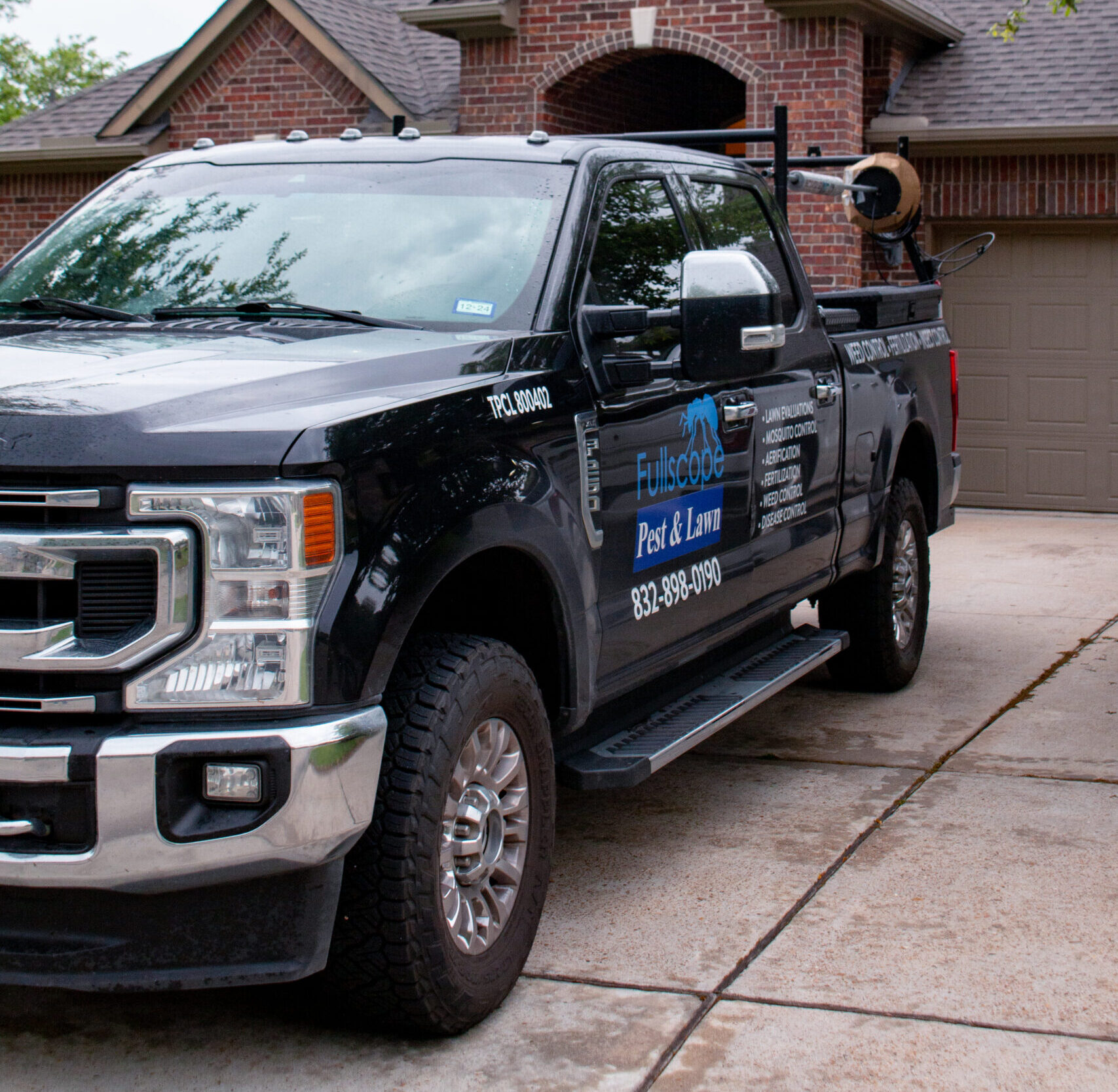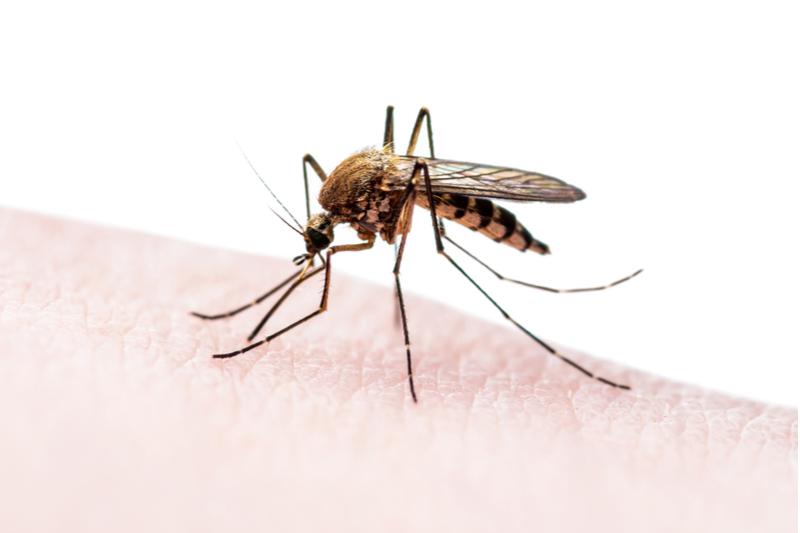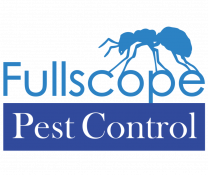Pollination and pest control are two essential functions bees and wasps perform in ecosystems. However, when their populations surge or encroach into human habitats, they can become a nuisance and even pose a threat. Effective pest management requires a delicate balance between preserving these essential insects and mitigating their risks to human health and safety. This blog will explore the importance of community efforts in bees and wasps’ control and how collaboration can lead to sustainable solutions.

Understanding the Importance of Bees and Wasps
Before delving into control measures, it’s crucial to understand the ecological significance of bees and wasps. The pollination of many crops by bees, called nature’s pollinators, is vital to global food security and biodiversity. While often viewed as pests, wasps also contribute to ecosystems by preying on other insects, helping to control populations of agricultural pests.
Challenges of Bee and Wasp Infestations
Despite their ecological importance, bee and wasp infestations can pose challenges, especially in urban and suburban areas. Nesting in residential spaces, such as attics, walls, and gardens, can lead to stings and allergic reactions in humans. Moreover, aggressive species like the Africanized honeybee, commonly known as “killer bees,” present additional risks to public safety.
Community Efforts in Bee and Wasp Control
Addressing bee and wasp infestations requires a collaborative approach involving homeowners, local communities, and pest management professionals. Here are some crucial community efforts that contribute to effective control:
Education and Awareness Campaign
It’s crucial to raise awareness about the role of bees and wasps in ecosystems and educate people on identifying their nests and managing encounters safely. This information can help communities take proactive measures and ensure the safety of both humans and these beneficial insects.
Integrated Pest Management (IPM) Strategies
To manage pest populations, IPM employs environmentally sensitive methods like habitat modification, biological control, and targeted pesticide applications. The aim is to minimize harm to beneficial insects such as bees and wasps.
Professional Intervention
In cases where infestations pose significant risks or require specialized expertise, seeking assistance from licensed pest control professionals ensures the safe and effective removal of nests and colonies.
Collaborative Research and Monitoring
Engaging in citizen science projects or local monitoring initiatives can help track bee and wasp populations, identify emerging threats, and inform management strategies tailored to specific communities.
Habitat Preservation
Preserving natural habitats and providing suitable nesting sites effectively mitigate conflicts and promote coexistence between humans, bees, and wasps in urban landscapes. These measures ensure the survival of these important pollinators and maintain the balance of the ecosystem.
Conclusion
The balance between benefiting from the ecological services of bees and wasps and ensuring public safety requires a nuanced and cooperative approach. We can effectively control bees and wasps without harming them by implementing Integrated Pest Management (IPM) strategies and promoting community efforts and education.
At Fullscope Pest Control, we understand the importance of these community initiatives and offer expert services to support them. We urge people and communities to unite in our dedication to sustainable pest control. Let’s collaborate to establish safe and healthy surroundings for humans and our significant pollinator allies.
Get in touch with Fullscope Pest Control today to discover how you can play your part in this vital initiative and gain from our professional knowledge in managing bee and wasp colonies.

